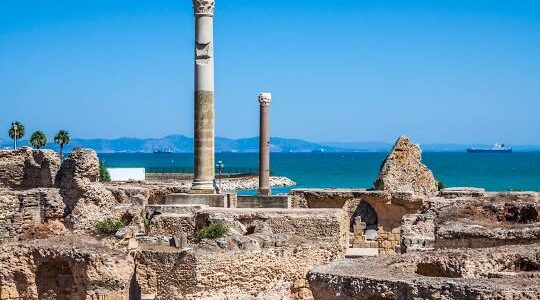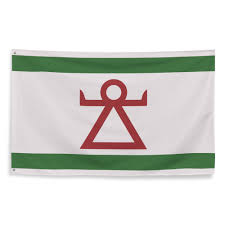In the heart of Carthage lies a haven of luxury and opulence, the finest hotel in the city that promises an unforgettable experience to its guests. This essay will delve into the architectural marvels, luxurious amenities, and unparalleled guest experience offered by this prestigious establishment. By exploring the intricate details of its architecture, the lavish amenities it provides, and the exceptional guest services it offers, we will unravel the essence of this hotel and why it stands out as a beacon of sophistication and extravagance in Carthage. Let us embark on a journey to discover the unparalleled grandeur of the finest hotel in Carthage.

Stepping into the vicinity of the finest hotel in Carthage, one cannot help but be mesmerized by the grandeur of its exterior façade. The architecture of the hotel is a masterpiece that seamlessly blends traditional elegance with modern sophistication. The towering structure is adorned with intricate carvings and embellishments that speak volumes of the attention to detail put into its design. The use of arches, domes, and columns adds a touch of historical charm, while the sleek lines and contemporary materials hint at a more modern architectural style. This unique fusion sets the hotel apart from its counterparts, making it a symbol of architectural excellence in Carthage.
As guests step into the lobby of the finest hotel in Carthage, they are greeted by a sight of sheer opulence and extravagance. The lobby is a lavish space adorned with crystal chandeliers, plush velvet furniture, and intricate marble flooring that exude a sense of grandeur. The common areas of the hotel are no less impressive, with each space meticulously designed to offer comfort and luxury to the guests. The high-end dining options at the hotel are a culinary delight, offering a range of gourmet dishes prepared by world-renowned chefs. From fine dining restaurants to cozy cafes, the hotel caters to every palate with its diverse culinary offerings. Moreover, the exclusive services available to guests, such as personal butler service, luxury car transfers, and spa treatments, elevate the guest experience to new heights of indulgence and sophistication.

What truly sets the finest hotel in Carthage apart is its unwavering commitment to providing a personalized and exceptional guest experience. The staff at the hotel are dedicated to ensuring that every guest’s needs are met with the utmost care and attention to detail. Whether it is arranging special excursions, organizing private events, or catering to specific dietary requirements, the hotel goes above and beyond to fulfill the wishes of its guests. The recreational activities and relaxation options available at the hotel provide the perfect blend of leisure and luxury, allowing guests to unwind and rejuvenate in style. Testimonials and reviews from satisfied guests further attest to the unparalleled experience offered by the finest hotel in Carthage, making it a top choice for discerning travelers seeking a taste of luxury.
In conclusion, the finest hotel in Carthage stands as a testament to luxury, sophistication, and unparalleled hospitality. From its awe-inspiring architecture to its lavish amenities and exceptional guest services, the hotel embodies the epitome of grandeur and elegance. By immersing oneself in the opulence of this establishment, guests are treated to a truly unforgettable experience that leaves a lasting impression. The finest hotel in Carthage not only offers a place to stay but also a journey into the realm of luxury that transcends expectations and creates memories to cherish for a lifetime.







